As a teacher, I’ve witnessed a striking paradox in my classroom: some students brim with creative confidence while others question whether they possess any creativity at all. This observation sparked my fascination with a fundamental question—why do some people readily access their creative abilities while others remain blind to their own potential? Over the years, I’ve been documenting my students’ creative journeys and developing concepts that help people recognize their inherent creativity. The following excerpt from my upcoming book explores these ideas, along with practical exercises I’ve tested both in my classroom and in my own creative practice. My hope is that these insights will help readers discover the creative force that already exists within them.
Vladimir Makovsky – In a Rural School
EXCERPT FROM CHAPTER 01
You know that feeling, right? When you’ve been staring at the same four walls for so long that you genuinely stop seeing them. The way the afternoon light hugs that dusty corner, the perfect crescent shadow your coffee mug casts on your desk, the familiar rhythm of cracks on the sidewalk you walk every single day—all of it can become strangely invisible through sheer familiarity. For us, as artists, this isn’t just a minor annoyance; it’s both our most stubborn adversary and, our greatest opportunity.
The Autopilot Trap: When Seeing Becomes Stagnant
We’re constantly bombarded with information, yet most of it gets filtered through what we already know. Our brains are incredibly efficient, running on a kind of creative autopilot, swiftly categorizing everything: “tree,” “building,” “person walking dog.” And while that efficiency is great for navigating busy streets, it can be a real buzzkill for our creative spirit. When we glance at a tree, we’re rarely truly seeing that specific tree – its unique lean towards the morning sun, the way its roots have buckled the sidewalk in a silent, perfect spiral. Instead, we’re often just registering the mental file labeled “tree” and moving on.
This happens because our brains are wired for survival, not necessarily for art. Quickly recognizing patterns kept our ancestors alive, but it can subtly keep us from noticing the extraordinary hiding in plain sight. Think about it: the abstract expressionist paintings found in the rust patterns on a fire hydrant, the subtle shifts in people’s bodies when they think no one’s watching, or the incredible spectrum of colors that dance within shadows—colors we’ve inadvertently trained ourselves not to see. This autopilot mode doesn’t just make the world bland; it robs us of the very raw material our art craves.
Ivan Shishkin – Pine Tree
Cultivating Beginner’s Mind: The Art of Unknowing
There’s a beautiful concept in Zen Buddhism called “Shoshin,” or beginner’s mind—approaching things with an open heart and eager spirit, free from the heavy baggage of preconceptions. For artists, this isn’t just some lofty philosophical ideal; it’s practical magic. When you can genuinely look at something you’ve seen a thousand times and discover something profoundly new, you’ve tapped into an endless wellspring of creative inspiration. It’s like unlocking a hidden dimension within the mundane.
I started experimenting with this during my weekly drive to a figure drawing workshop not far from where I live, a route I could probably navigate blindfolded. Instead of zoning out or drifting off to my Brazilian Classics Spotify song-list I repeatedly listen to when I drive, I began treating that familiar drive as if I were seeing it for the very first time. What would I notice if I were a curious visitor from another planet? The way the palm trees between houses rise and dip like musical notes on a staff, how the rhythm of traffic lights creates an suburban heartbeat, all the amazing exotic creatures and spaceships that appear in the cloud forms overhead.
The trick, the real work, is to catch yourself in those moments of automatic seeing and deliberately force a reset. You might ask yourself: What am I not noticing right now? What would a child see here that I’m completely missing? What might someone from a vastly different culture make of this scene? It takes practice, a muscle you build over time, and it fundamentally changes the way you perceive the world.
N.C. Wyeth – The Giant
The Radical Act of Paying Attention: Reclaiming Your Wonder
Children are natural-born artists, partly because they haven’t yet learned what’s “important” to notice and what isn’t. To a four-year-old, everything is equally fascinating: the hypnotic spiral of water down a drain, the ever-shifting shape of their own shadow, when they exhale, their breath makes clouds in cold air. They haven’t developed the mental shortcuts that help us navigate the world efficiently but, tragically, often rob us of wonder.
You can absolutely reclaim some of that innate curiosity by deliberately paying attention to the very things adults are supposed to ignore. The rich texture of peeling paint on an old wall. The distinct sounds of different footsteps on various surfaces. The subtle shifts in conversations when people think they’re alone. These aren’t just random observations; they are the vibrant, raw material for authentic artistic expression, waiting to be woven into your work.
One exercise I enjoy is what I call “alien anthropology.” Find any public space—a bustling coffee shop, a quiet park bench, a sterile waiting room—and spend fifteen minutes observing as if you’re documenting human behavior for beings who have never encountered our species. What curious rituals do you notice? What seems to genuinely matter to these creatures? What makes them laugh, tense up, or unconsciously mirror each other’s posture? Engage all your senses: what do you smell, hear, or even feel in the air? This exercise isn’t just fun; it systematically dismantles your assumptions and opens your eyes to truly unique insights. Take notes in your sketchbook for future use.
Norman Rockwell – Old Time Mercantile Waiting Room
Breaking Through Perceptual Habits: The Challenge of Unlearning
Perhaps the hardest part about seeing with fresh eyes isn’t the looking itself, but the often-challenging process of unlearning what we think we already know. We carry around deeply ingrained visual habits that act like creative blinders. We know grass is green, so we stop seeing the surprising purples, the subtle golds, and the muted browns that are woven within it. We assume faces are symmetrical, and in doing so, we miss the beautiful, unique asymmetries that make each person’s visage a profound work of art in itself.
Try this: Pick something in your immediate environment—anything you see every single day. Now, spend five minutes looking at it as if you’re going to have to recreate it from memory for someone who has never seen anything like it before. Notice how your perception profoundly shifts from simple recognition to genuine, detailed observation. You’ll begin to perceive qualities, relationships, and intricate details that were always there, just waiting for your habitual glance to transform into a truly fresh gaze.
The Wonder of Ordinary Magic: Your Endless Source
Here’s a truth I’ve discovered after years of trying to maintain fresh eyes: the most extraordinary and resonant art often springs from paying extraordinary attention to ordinary things. The mesmerizing way light dances across a wall throughout the day, telling a silent story. How people’s walking rhythms subtly change when they’re alone versus when they’re with others. The infinite, fascinating variations in something as seemingly simple as how different people hold a cup of coffee.
This isn’t about being overly precious or romanticizing every mundane moment. It’s about recognizing that the world is an endlessly generous source, constantly offering us rich, vibrant raw material if we are simply present enough to receive it. Every seemingly mundane moment contains multitudes—untold stories, simmering emotions, boundless visual possibilities, and connections we haven’t yet made.
The artist who can truly see their own neighborhood with fresh eyes will never, ever run out of material. And the artist who approaches each new canvas, each new song, each new story like they’re encountering the medium for the very first time will continue to grow, evolve, and surprise themselves, instead of merely repeating past successes.
So tomorrow, step outside your door like you’ve never seen your street before. I promise you, you’ll be utterly surprised by what’s been hiding in plain sight all along, waiting for your fresh eyes to bring it to life.
Norman Rockwell – Two Gentlemen Drinking Coffee
Featured Image – James Gleeson – A Masked Alert

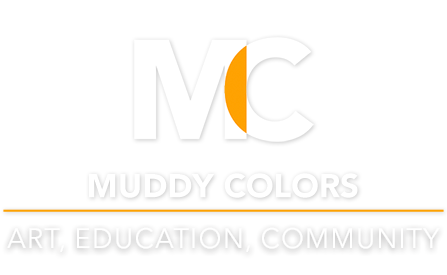


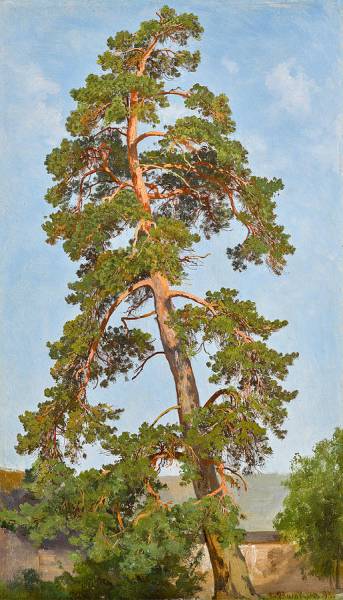
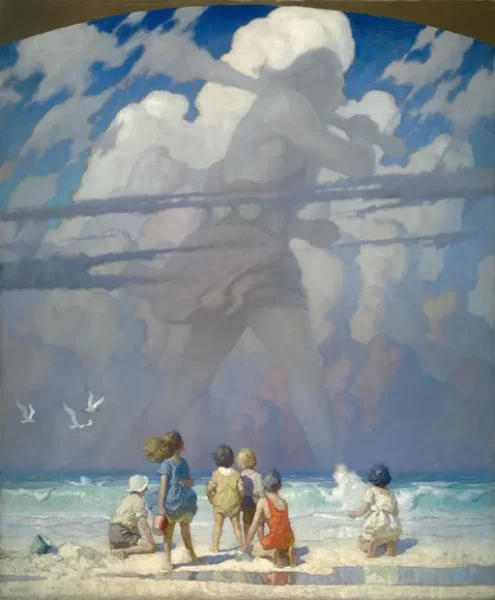
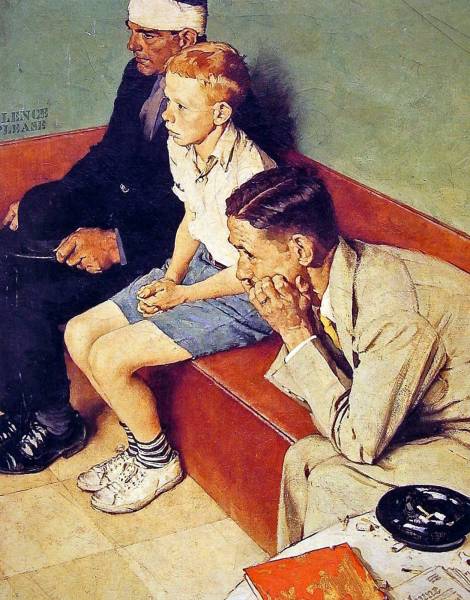
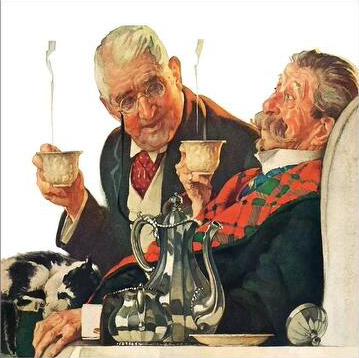

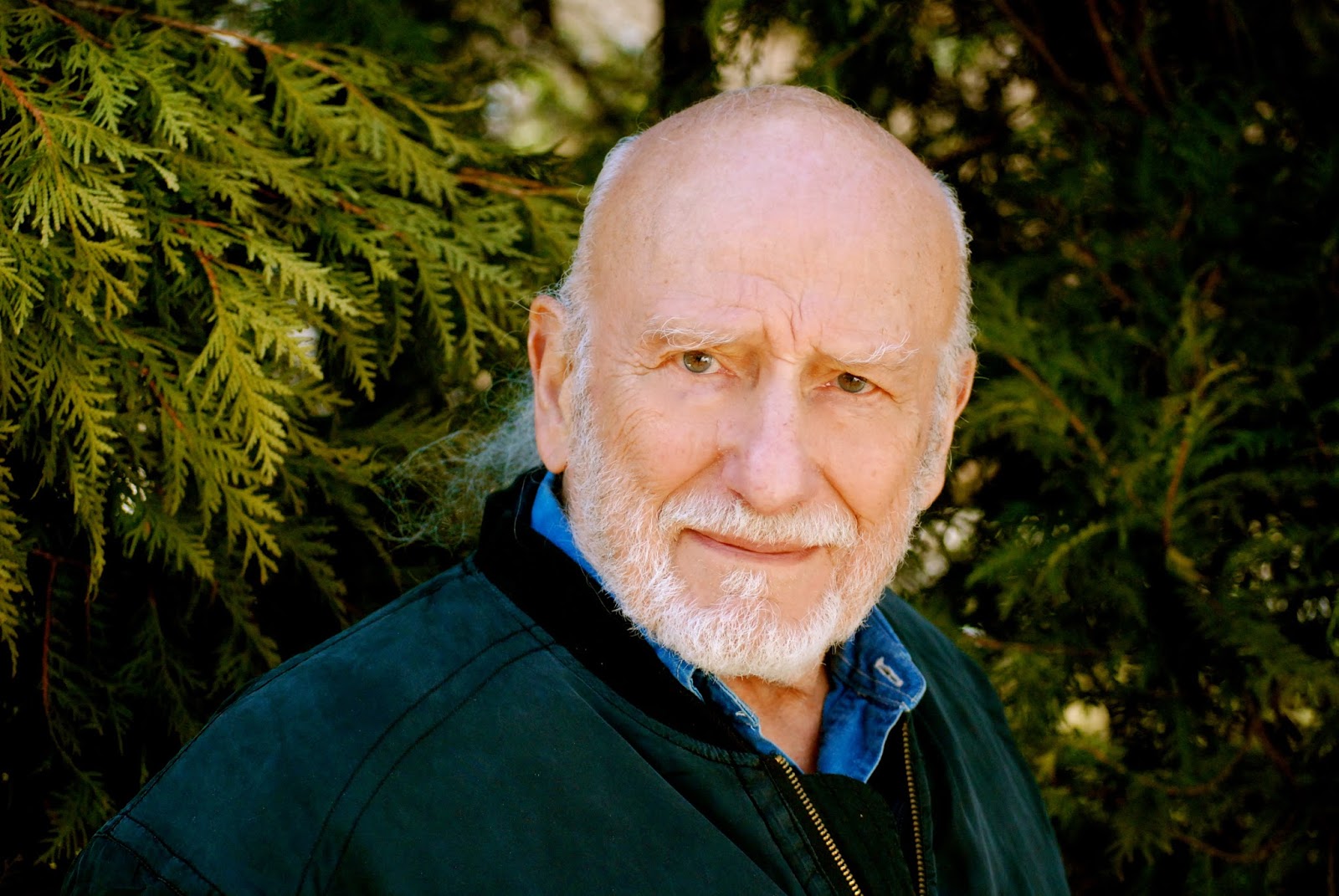
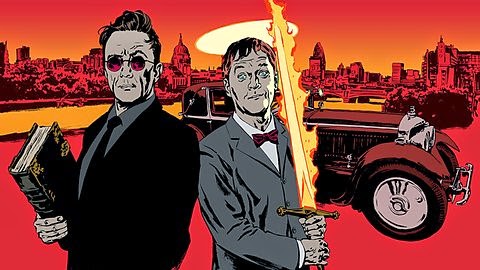


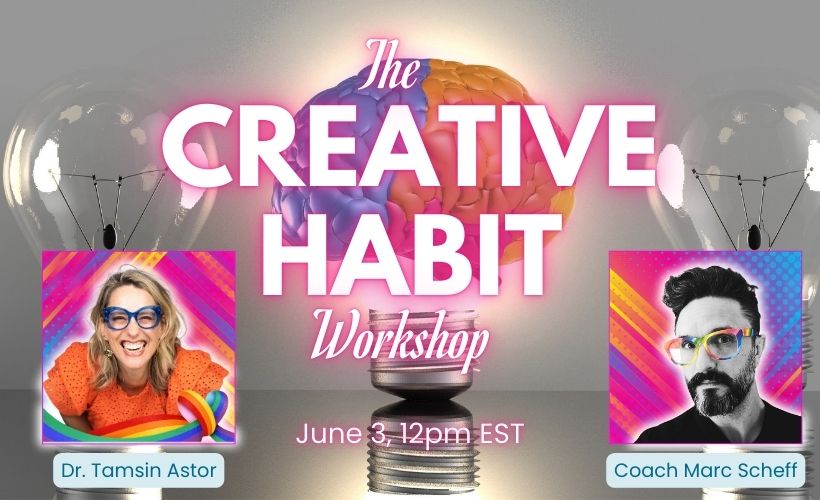
hocam gayet açıklayıcı bir yazı olmuş elinize emeğinize sağlık.
hi
I’m making $23000 to $29000 a month working part time. I kept hearing other people tell me how much money they ws can make online so I decided to look into it. Well, it was all true and has totally changed my life. First month i received $24758 just working on the laptop for 3 hours per day.
This is what I do…………www.get.money63.com
I get paid more than $100 to $500 per hour for working online. I heard about this job 3 months ago and after joining this I have earned easily $20k from this without having online working skills . Simply give it a shot on the accompanying site…
Here is I started.…………>> Www.JoinSalary.Com
Bu güzel bilgilendirmeler için teşekkür ederim.
There is definately a lot to find out about this subject. I like all the points you made
Google is by and by paying $25375 to $28548 consistently for taking a shot at the web from home. I have joined this action 2 months back and I have earned $31547 in my first month from this action. I can say my life is improved completely! Take a gander at it what I do.
This is what I do……….www.best.work43.com
I appreciate you sharing this blog post. Thanks Again. Cool.
Thank you so so much for sharing this amazing webiste!www.join.work43.com
Google is by and by paying $25375 to $28548 consistently for taking a shot at the web from home. I have joined this action 2 months back and I have earned $31547 in my first month from this action. I can say my life is improved completely! Take a gander at it what I do………………………………………works6.com
This article is exactly what I needed to read today. The concept of the ‘autopilot trap’ perfectly describes what I’ve been feeling. Ron Lemen’s insights on ‘Shoshin’ are profound and offer a clear path to rekindle that lost creative spark. Thank you for this!
I’m definitely going to try the ‘alien anthropology’ exercise. It sounds like a fantastic way to force myself out of habitual thinking. Are there any other specific daily practices you’d recommend for maintaining this ‘beginner’s mind’ in a busy schedule?
While the idea of a ‘beginner’s mind’ is interesting, it feels very abstract. How does an artist concretely translate these observations into actual art? It’s one thing to see the world differently, another to apply it to technique and composition.